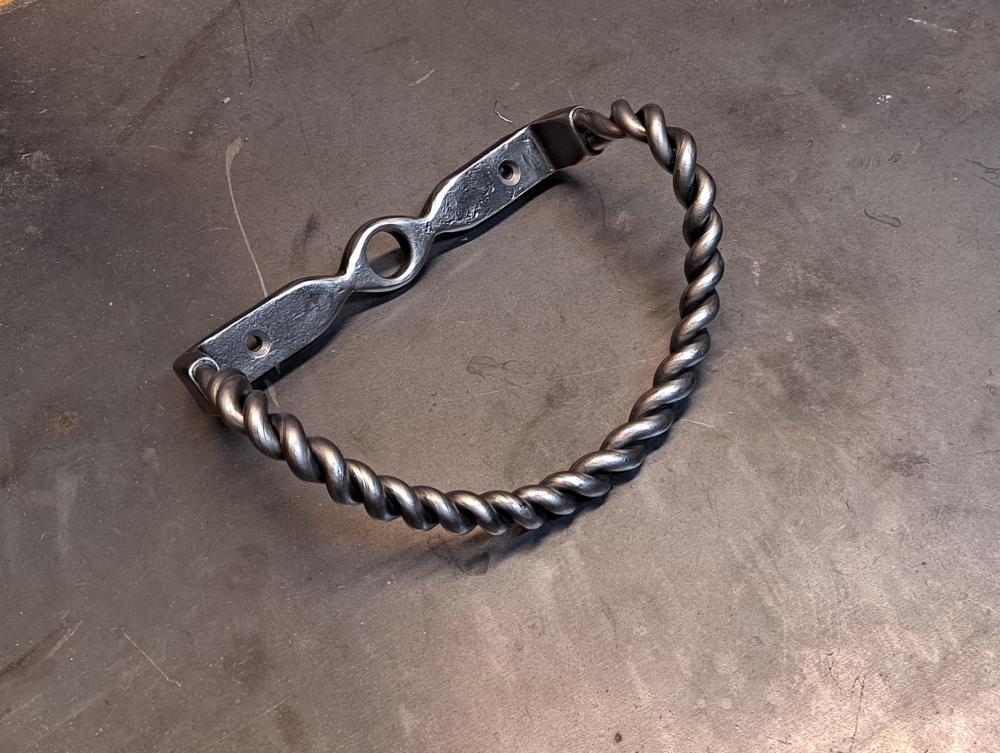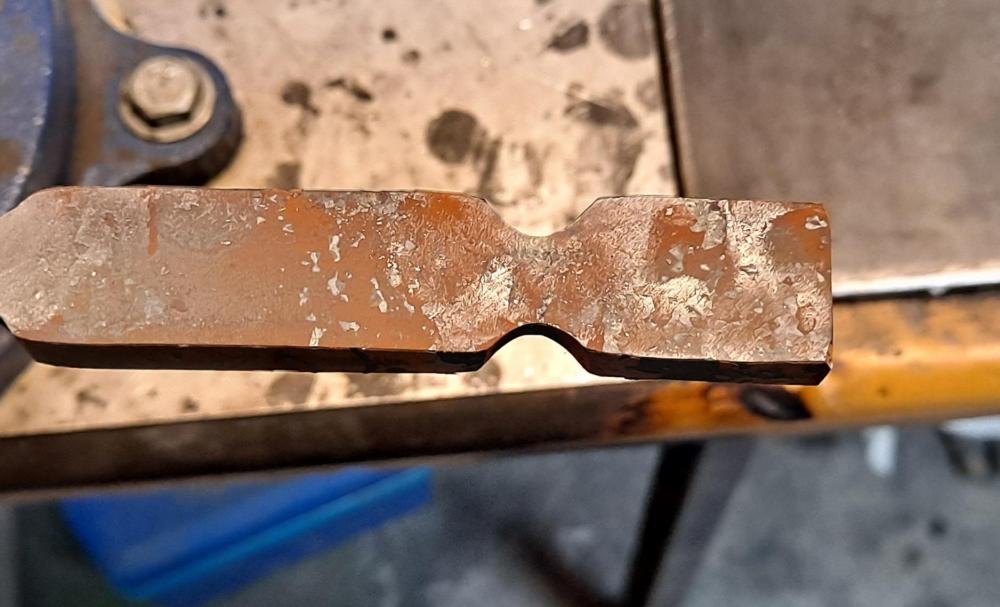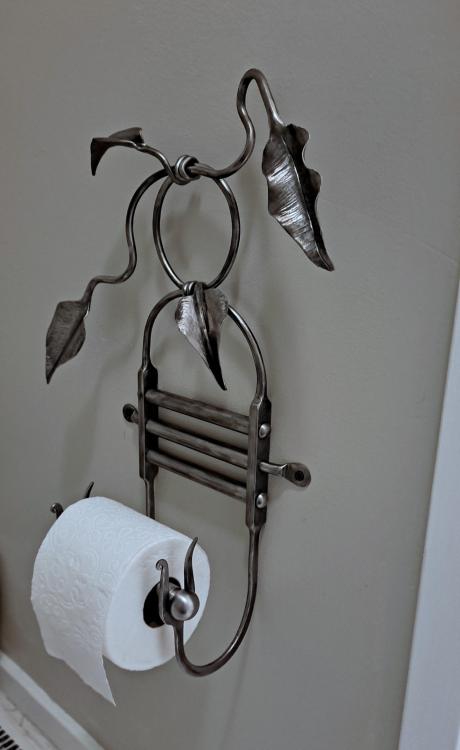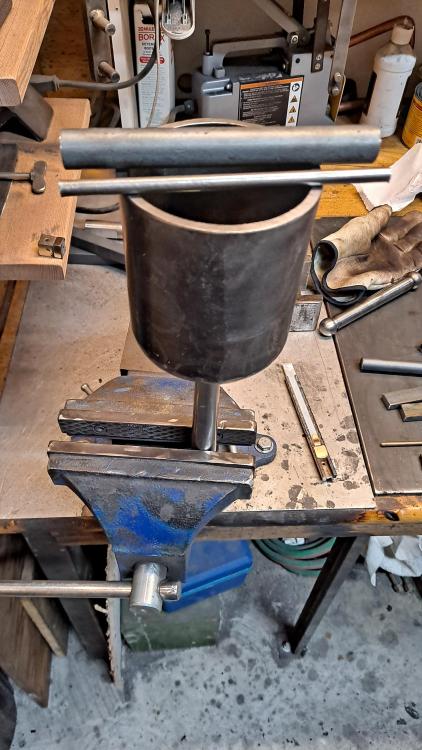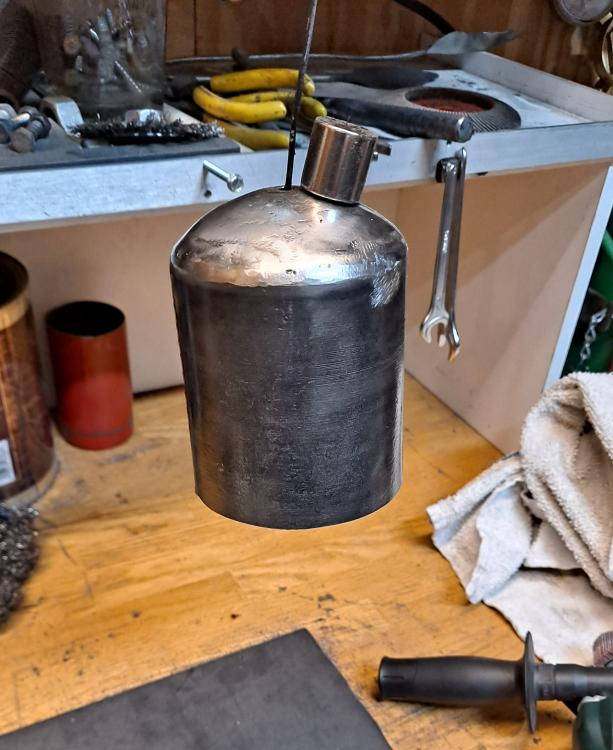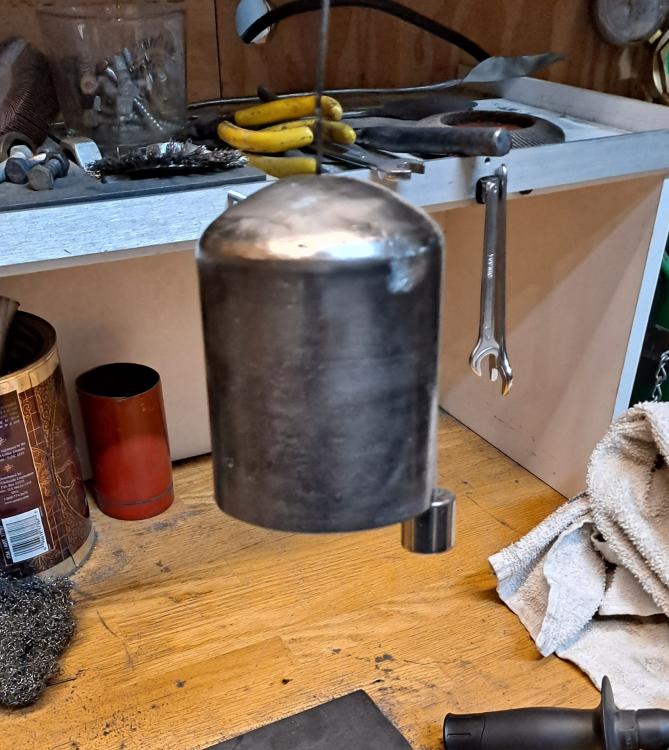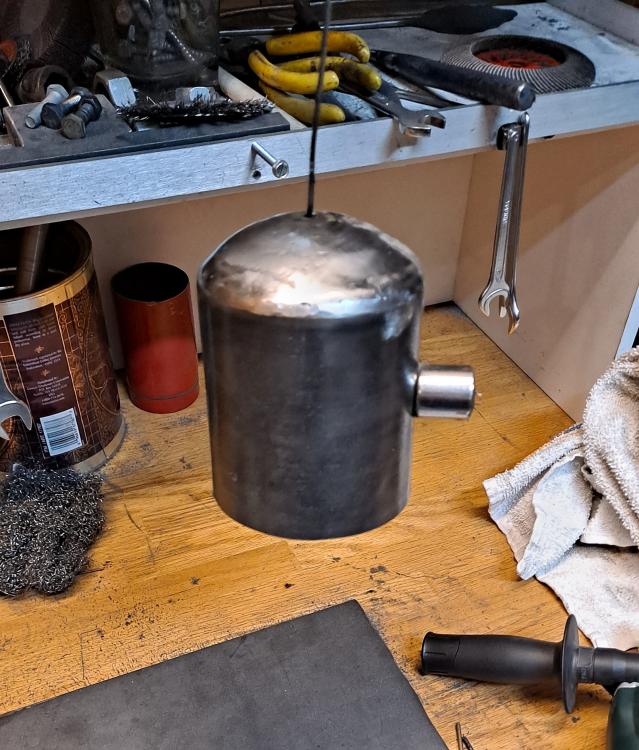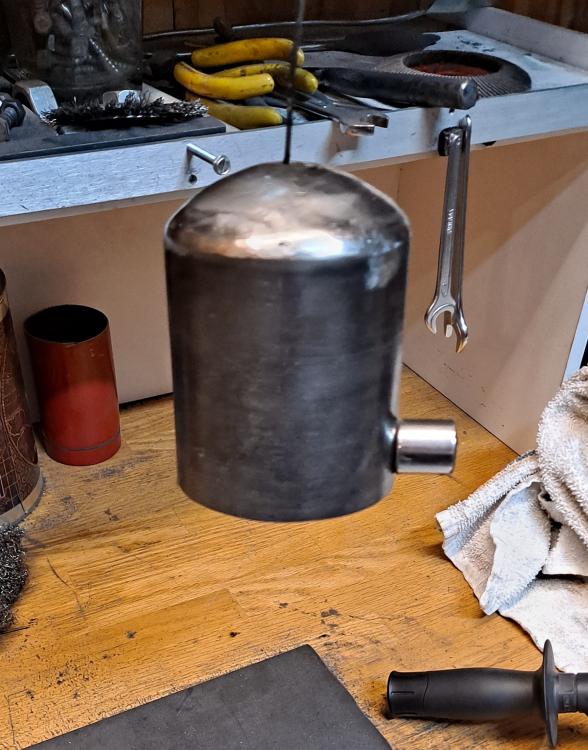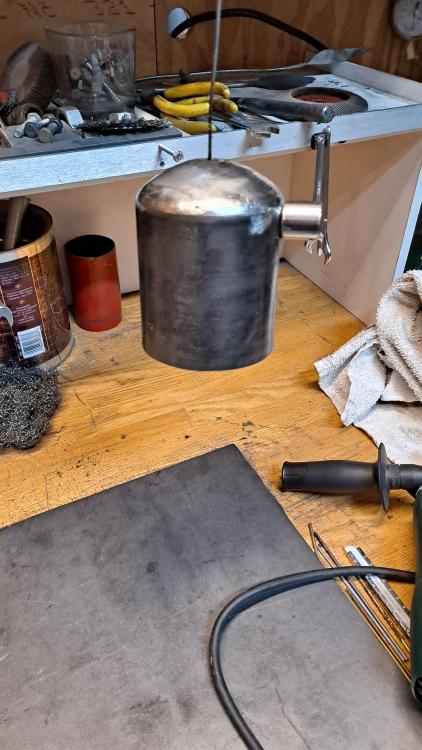
Ted Ewert
Members-
Posts
557 -
Joined
-
Last visited
Content Type
Profiles
Forums
Articles
Gallery
Downloads
Events
Everything posted by Ted Ewert
-
I doubt I'll do this experiment for a number of reasons. I noted his work because of the original post. I've studied subtle energies in the past and his ideas fit quite well into that realm. I don't expect anyone here to know much about that subject so I'll leave it there.
-
I brought the limitations of "science" up as an alternative perspective to Linda's reaction to the book as though it were radioactive. Her reaction is typical of many in the scientific community who are great at regurgitating someone else's research, but have a closed mind to anything outside of that bubble. I have not tested Callahan's theory, I just thought it interesting. What I got from the book was an energetic enhancement of the soil rather than a chemical one. Difficult to measure or quantify, but plausible IMHO. As a perpetually curious person, I have studied many phenomenon considered by mainstream science to be kooky. Some of it is, and some of it isn't.
-
Trouble forging 1in square stock
Ted Ewert replied to Dan_the_DJ's topic in Axes, Hatchets, Hawks, Choppers, etc
I have the same problem with my neighbor. If I leave the garage door open after 5 pm she'll be at the end of my driveway glaring at me until I close it. She's the only person in the neighborhood my dog barks at. Dog won't allow her past the driveway. Good dog. -
What did you do in the shop today?
Ted Ewert replied to Mark Ling's topic in Blacksmithing, General Discussion
Hi Pat, I used a piece of 3/8 × 3/4" flat bar for the mount. I bent 1" on both ends 90 degrees and drilled 2 holes for the 1/4" rod to fit in to. I built a jig to bend the twisted rod so it was an even arc. Once I had the arc made I put the 90s in them and fit the ends to the holes. I could have left it that way since the rods were jammed in pretty good and hard to get out. To be sure I added some JB Weld in the holes. I wound up drilling the holes one size over 1/4". That allowed for easier installation and some room for the epoxy. I wanted the mount to taper into the twist as much as possible, so I used the smallest stock I had that would still allow the two holes to be drilled. There was a lot of fussing and adjustments to be done which tried my patience. Now the wife wants a matching piece for the other wall. -
I read a variety of literature by people telling of their experiences. Callahan was one of those people. I don't need 17 peer reviewed articles to give something a try and see if it works. I read his book, among many others, while I was experimenting with induction. I did this because "science" is very limited in their scope of the natural world. It's partly due to the "17 peer reviewed studies" mentality. For example, I read quite a few books on magnetism, by experts in the field, but not one of them could give me an answer to the most fundamental question: What exactly is a magnetic field? They know it's a force, and how it behaves, but not what it is. Same thing with gravity. That indicates to me that their concept of matter is flawed somewhere along the way. Don't get me wrong, science is great at most things. However, if it doesn't fit into their common orthodoxy they tend to ignore or belittle it. To me that is very unscientific.
-
What did you do in the shop today?
Ted Ewert replied to Mark Ling's topic in Blacksmithing, General Discussion
I like the viking funeral idea Frosty. I'll tell my kids that's my burial of choice. They can shove me out through the gate with the tide. Continuing with bathroom items... I made a hand towel rack that passed inspection. When she says that she knows a friend who would love whatever I made, it goes back to the shop. -
Trouble forging 1in square stock
Ted Ewert replied to Dan_the_DJ's topic in Axes, Hatchets, Hawks, Choppers, etc
Hey Dan, I haven't had consistent success with forge welds in the past and have avoided them as a result. Nevertheless, I recently tried building a hardie cutoff tool with a leafspring insert. It sort of worked as the steel around the insert holds it in place, but the weld is highly questionable. The point is that I now know what not to do and look forward to trying it again. It's not difficult, and it's a simple way to get a hard edge on a mild steel tool. A flattened out piece of coil spring would probably work too. -
The book is titled: "Paramagnetism: rediscovering nature's secret force of growth". By Philip S Callahan PhD.
-
JLP Blacksmith Teaching Center.
Ted Ewert replied to jlpservicesinc's topic in Building, Designing a Shop
Sounds like a fun project, looks great. I like to hear that other people fix electrical switches. I've saved many switches just by burnishing the contacts. Nevertheless, the newer ones are getting harder to get apart. Made to be tossed out. -
What did you do in the shop today?
Ted Ewert replied to Mark Ling's topic in Blacksmithing, General Discussion
Hey Frosty, my mother always joked that the only way anyone was going to get her out of the house she loved was feet first. She passed at home with her family by her side. We made sure the ambulance crew took her out feet first. -
What did you do in the shop today?
Ted Ewert replied to Mark Ling's topic in Blacksmithing, General Discussion
Hondowalker; good job anyway. Who doesn't need a good rock hammer. What kind of steel did you use? I've been tooling up to make my first hammer. I hate to admit it, but I really like fiberglass handles with a rubber grip. My knuckles are messed up and I have a hard time holding on to wooden handles. I guess I'll have to order a handle and make some drifts to match. -
I wonder why it only happens rarely. Why is scale so predominant in forging and rust is predominant at low temperatures. I need to do some research.
-
-
That was my first thought, but it looks different. I'll take your word for it.
-
I'm curious what the burnt orange deposit is that I get on my steel in addition to scale. I did a search here, so if this topic has been beaten to death in the past I apologize.
-
I read a book some years ago which was based on the idea that plants grow better in paramagnetic soil. The author did extensive research and cited many examples to support his theory. Mixing scale in the soil might help in that regard. I'll look for the book to give you the title and author if you're interested.
-
I'm in the research phase myself, and from what I understand, speed would be conditional on the capacity of the hydraulic motor to pump fluid. I guess you want it fast enough so you're not waiting around for the ram to descend while the work is cooling off. A press is not like a power hammer where speed is a significant factor in the forming process.
-
What did you do in the shop today?
Ted Ewert replied to Mark Ling's topic in Blacksmithing, General Discussion
I thought I'd make something a little different. -
What did you do in the shop today?
Ted Ewert replied to Mark Ling's topic in Blacksmithing, General Discussion
Nice truck Nathan! JHCC, I like that cutting table. How come it makes me think of BBQ cheeseburgers? -
What did you do in the shop today?
Ted Ewert replied to Mark Ling's topic in Blacksmithing, General Discussion
Billy, my first car was a '67 Chevy Nova. Not the sexiest car, but it ran forever. The wife painted the bathroom and the TP holder disappeared. I figured I could knock something out in no time... Got a little carried away. -
What did you do in the shop today?
Ted Ewert replied to Mark Ling's topic in Blacksmithing, General Discussion
I miss wing windows. -
Hey Oliver, Seeing that you have read all the sound advice here, and still persist on your path to trouble, I'll give you my two cents. I've also built an electric oven. I did it first the way I thought should work, just as you are determined to do. Then built it again using these guy's advice. It cost me twice as much time and money in the end. I'm just as pig headed as you are. The only thing I had going for me is a thorough understanding of electricity and electronics. You need to know how much resistance you need in your heating wire to avoid overloading your circuit. You also need a switch which is rated for the amount of power you're drawing. That needs to be mounted in a suitable enclosure. You can't just connect copper wire right on the heating element either because it gets real hot. You need a way to solve that problem. I could go on and on, but I hope you get the point. Just wiring it up and plugging it in won't work. There's plenty of information here to get you started and lots of knowledgeable people to answer questions.
-
Another interesting tidbit. I turned the bell upside-down and placed a piece of steel across it. That dampened it just like the magnet did. You'd have to get into the physics of how the resonant wave travels within the bell to really understand why things work the way they do. In this case the most efficient spot to remove energy from the resonating bell is at the opening. An anvil is a different beast. On another note, I'm partial to Led Zeppelin myself.
-
What surprised me was the dramatic difference between placing the magnet on the side of the bell, right at the edge, and placing it 90 degrees on the edge. The mass was in almost the same place yet made the biggest net change in damping. I have a small C clamp which I'll try out.
-
I was curious how a small magnet could effect the resonance of a large anvil. I took a bell I made and stripped it of the handle and striker and hung it from a piece of wire. It rang quite nicely. I then stick a relatively large neodymium magnet to various spots on the bell to observe the results. You can see the progression of the magnet as I moved it down the bell Magnet on top, no effect on the ringing. Magnet in the middle, little change in volume, pitch and duration of ring. Magnet on lower edge, more reduction in volume, pitch changed and ringing duration shortened. Magnet on the end of the bell, almost completely attenuated the ringing. At that point the bell was a dead ringer. This experiment was far from thorough, but did reveal some interesting results. The ratio of the mass of the magnet to that of the bell is something to consider. The deadening effect also worked with smaller magnets on the edge, although it took two magnets to kill the ring. I'll let you guys draw your own conclusions.
